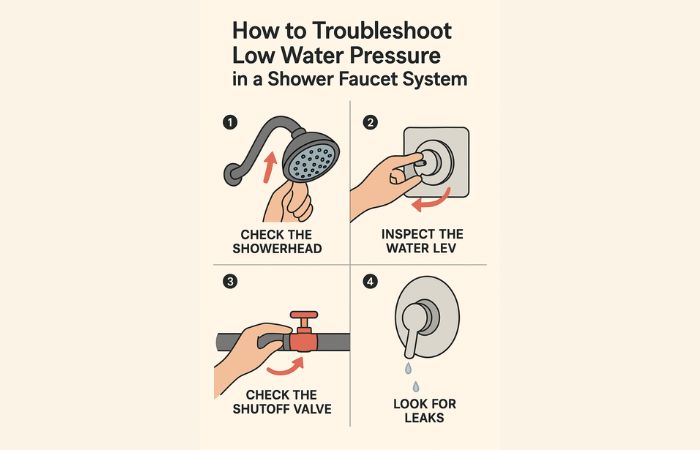One of the most upsetting and perhaps destructive things a homeowner may go through is a flood inside their house. Indoor flooding, whether brought on by bad weather, broken pipes, or malfunctioning appliances, causes not only immediate property damage but also long-term issues, including mold growth, weaker buildings, and expensive repairs. Knowing what to do and moving fast can mean the difference between a financial catastrophe and a manageable nuisance. To reduce damage and guarantee safety in the case of an unexpected water intrusion, homeowners require both preventive measures and a well-defined action plan.
Evaluating the Direct Risk
Ensuring everyone in the house is safe is the first step in flood management. It might be risky to enter the impacted region carelessly since floodwaters may contain toxins, sharp objects, or electrical risks. It’s crucial to turn off the primary power source and leave the area until experts deem it safe if the flooding is severe. Isolating the water source, such as shutting off the main valve when a pipe bursts, can stop the situation from getting worse in less severe situations. In addition to saving lives, this quick reaction lessens the amount of damage.
Holding and Eliminating the Water
After the immediate threat has been eliminated, attention should turn to preventing more water buildup and starting the cleanup process. Wet-dry vacuums, pumps, or even buckets can be used by homeowners to begin eliminating standing water. Towels and mops could be enough for small-scale floods, but larger-scale events require more durable equipment. Mold prevention requires reducing moisture buildup and accelerating the drying process, which can be achieved by opening windows and utilizing fans. When water stays on floors, carpets, or furniture, every hour counts, so quick action is crucial.
Expert Assistance and Plumbing Provisions
Certain flooding situations can be handled with common household items, but others call for more specialist knowledge. Finding a professional plumber is crucial, for instance, when floods are caused by internal pipe failures or drainage problems in places like Australia, where housing standards and building codes are stringent. In addition to fixing broken systems, a versatile plumber from Sydney, for instance, can make sure the fixes adhere to regional regulations. Inspections by qualified services can also find concealed leaks or vulnerabilities that might result in floods in the future. Homeowners can lower their chances of recurring issues and frequently save money over time by investing in professional assistance.
Handling Insurance and Property Damage
Dealing with property damage comes next after the water has been contained. Water can damage electrical systems, walls, and flooring, necessitating prompt repairs. Before starting the cleanup process, homeowners should take detailed pictures and videos of all damage because insurance claims frequently call for this documentation. Making prompt contact with the insurance company guarantees effective claim processing. Additionally, a lot of insurance companies recommend restoration firms, which focus on fixing properties damaged by flooding. These services relieve homeowners of a large portion of the strain by taking care of drying, disinfecting, and structural repair, which is particularly useful before the cold season.
Avoiding Floods in the Future
Handling only one flood serves to emphasize how crucial prevention is. Gutter cleaning, waterproofing your home, roof inspections, and routine plumbing repair lower the chance of neglect-related water intrusions. An additional degree of security is added by installing backflow valves or sump pumps in flood-prone areas, especially in basements. Additionally beneficial is landscaping, which reduces pooling close to the house by channeling rainfall away from the foundation with appropriate grading. Homeowners may even think about sealing basements and raising utilities in areas that are vulnerable to extreme weather. In addition to saving money, preventative actions provide homeowners peace of mind since they know their house will be more resilient to future calamities.
Home flooding is a disaster that calls for both quick fixes and long-term planning. Every action, from making sure everyone is safe and draining the water to contacting experts and managing insurance, is essential to minimizing damage and getting things back to normal. The probability of future disasters can be decreased by homeowners by using preventative measures, including routine maintenance and flood-proofing techniques. A potentially disastrous flood can be turned into a manageable task with planning and prompt decision-making, even though no one can control nature or stop every plumbing accident. Resilience is ultimately based on our ability to prepare ahead as well as how we react to crises.




